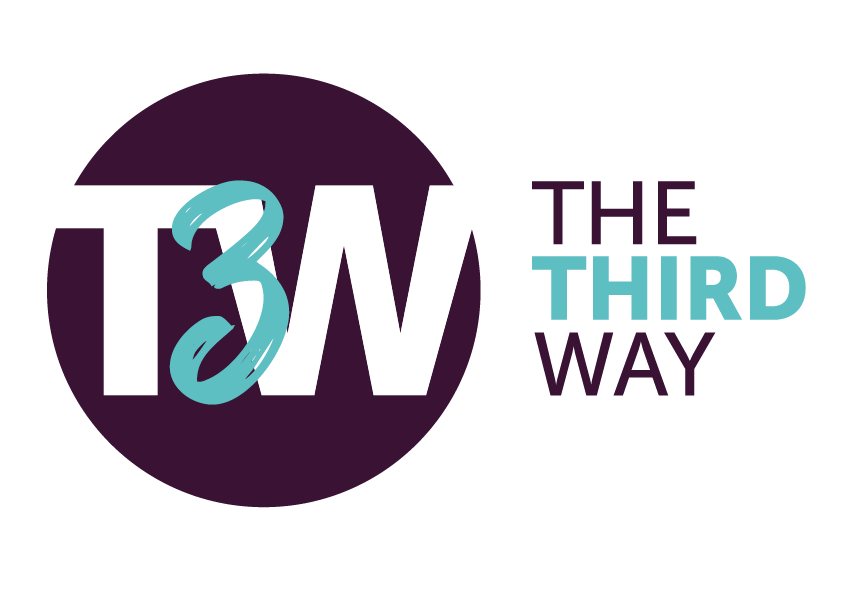agile leadership 2/2
What are important aspects of an agile leadership is shown in the video below:
agile leader resposibilities
- Ensuring inspiring goals;
- Maximizing team ownership;
- The speed with which teams learn from customer and user feedback;
- Creating a culture of trust, collaboration, honest feedback and focus on the customer
Personal Agility

- As a leader, show the behavior you want to see (example behavior)
- Stay curious. Determine your learning goals, make choices, choose from the different mooc’s in these courses.
- Get to work. Focus.
- Evaluate your experience and results. Give others your insights, share your knowledge.
5 Pitfalls of Agile Leadership
1. The teams suddenly get a lot of freedom, this freedom is new to them. This can lead to chaos and mistakes. At that moment it is important that the teams are given time to learn from mistakes. In addition, the freedom must match the maturity. They must be given just a little more freedom than their current maturity.
2. There is a lot of talk about Agile, trust and collaboration, but when things get exciting, the old steering tools continue to be used, such as budget, detailed planning, shifting resources and individual objectives. It is therefore important that new steering instruments are used.
3. The teams work in a good Agile way, but traditional plans are issued to stakeholders and customers. Data, promises and fixed scope are promised to the customer, without room for new insights. It is therefore important that teams are involved in the underlying needs of the customers. Give the teams insight into what the customer wants to achieve and search together with the teams for simpler solutions that deliver value to the customers sooner.
4. The teams are rewarded for increasing their velocity. The amount of reports, number of functionalities or improvements is the most important. In practice this does not work. It is not the number or the amount that a team delivers, but the impact they achieve. Just like with soccer, the game is not won by possession of the ball or running kilometers, but by the goal balance. That is why it is important that thinking in terms of value and impact is more important to the customer than the quantity.
5. Arguments such as “That’s not allowed by Agile”, or “Agile and … prescribe that …”, are used to stop a discussion. Agile is never the goal. Being able to react quickly to market developments, customer feedback and new insights is most important. With this, companies can continue to exist for a long time.


